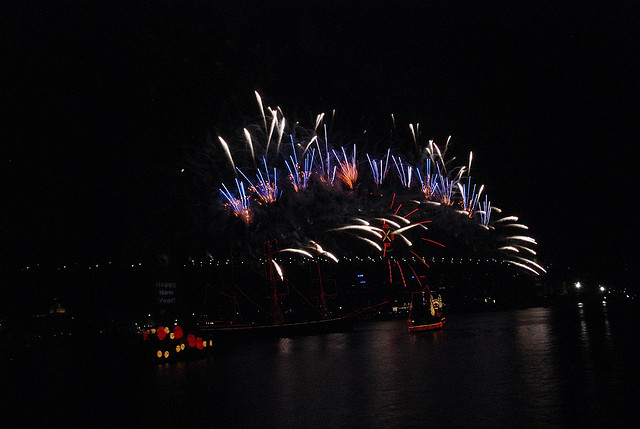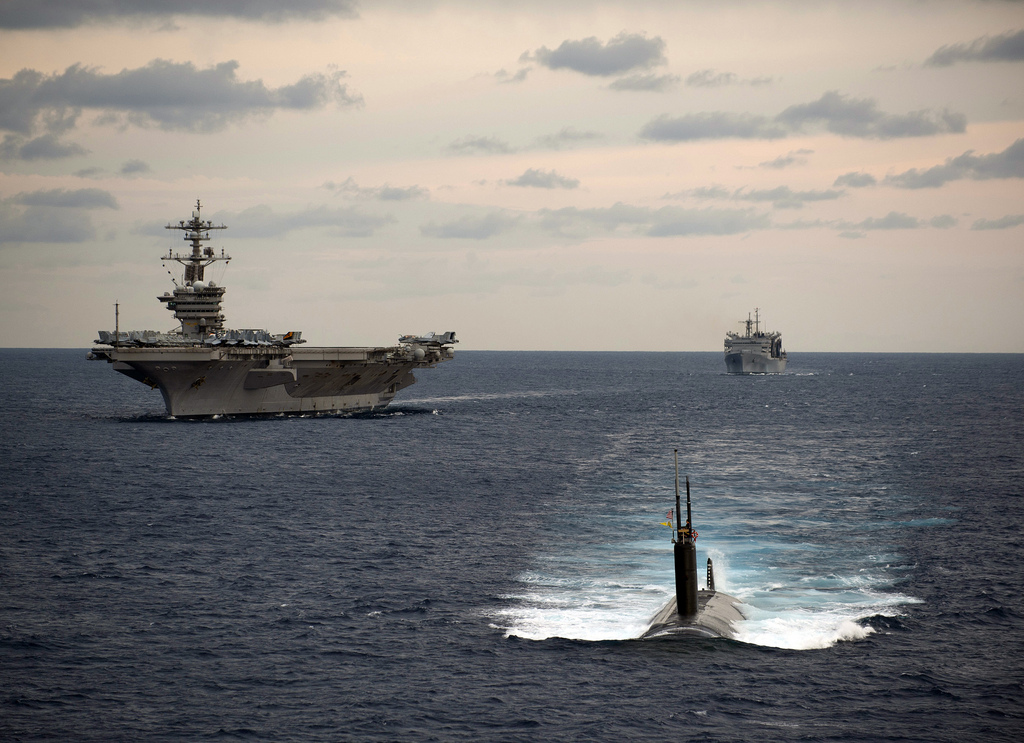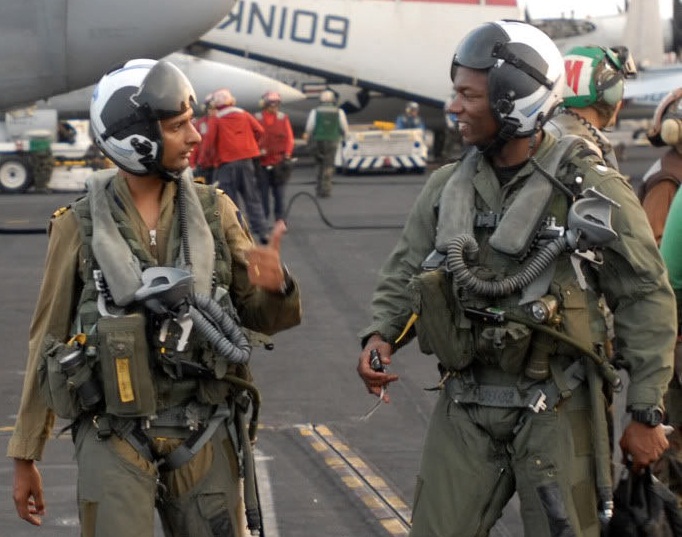France: Australia’s regional partner?
 As Andrew Davies mentioned last week, we’ve just held an Australia-France Defence and Industry Dialogue. We discussed a wide range of security, industry and defence cooperation issues.
As Andrew Davies mentioned last week, we’ve just held an Australia-France Defence and Industry Dialogue. We discussed a wide range of security, industry and defence cooperation issues.
There was a lively discussion about the big picture of the regional security outlook, with an emphasis on the increasingly important role of the Indo–Pacific system for global security and trade. But the success or otherwise of these sorts of gatherings isn’t so much the quality of the discussion, but the practical steps that follow. As a participant at the forum, I’d like to outline some specific suggestions for security and defence cooperation. While France mightn’t automatically come to mind as a regional partner, there’s already a lot going on between our two countries, and plenty of future opportunities.
In the South Pacific, France contributes to the islands through aid, disaster relief, and search and rescue. It supports the island countries with surveillance of their EEZ’s, as well as patrolling the high seas. They’ve got operational ports in Noumea (New Caledonia) and Papeete (Tahiti), a small maritime air wing, and a small surface force, coordinated through a headquarters. Read more



